
 Add to Favorites
Add to FavoritesDal-rice is the quintessence epitome of India especially true for northern Indian cuisine and as a comfort food and the most sought-after meal. This creamy yellow chana dal, called in different states of India as tuvar or toor dal, is one of the simplest and basic Indian lentil recipes made daily in most households. Preparing for the whole family is nutritious, wholesome, and effortless. Try this recipe, and you will see how easily the recipes come together. Pretty quickly.
Dal fry is a popular Indian lentil dish where soft cooked tuvar or toor dal. Skinned split pigeon peas, also widely called lentils, are simmered with a stir fry tempering, consisting of ghee, ground and whole spices, herbs, and vegetables like tomatoes, zucchini, gourds, and potatoes. The process involved in making dal fry by tempering. Recipe of dal, click this link.
During stir-frying, 1 to 2 tablespoons of ghee with spices brings out an exotic aromatic scent. You can prepare dal fry with any lentils, like moong dal, chana dal or masoor dal, adzuki bean, etc. A typical recipe in most restaurants is the paired use of toor dal and masoor dal.
In every state of India, each family has its preference for spices, herbs, vegetables, and lentils used in a dal fry recipe according to the local climate and environment. Thus you will enjoy unique flavors of the same recipes in different states with distinct characteristics of lentils, spices, herbs, etc. But what remains similar is the preparation and method of making dal fry.
Slow simmering is my preferred method of soft cooking toor dal, then adding all ingredients, spice powders, and vegetables are sautée in ghee and continue to simmer dal until it’s ready. It is known as DAL FRY due to the stir-frying of dal. In India, fry is a common term used instead of “saute” in Indian terminology. There is no deep frying involved as such during the preparation of Dal.
I love to share this easy-to-prepare tuvar or toor dal recipe with you. For the dal fry click this link. It is the most basic recipe next to yellow mung dal. However, Dal and rice are one of the easiest to ingest, digest, assimilate and expel. These are healthy, nutritious, and comfortable food. It is easy to cook, simple, delicious, and highly nutritious. You can whip up this recipe at a moment’s notice.
Add to quick veggie-stir fry a variation of kachumber (fennel- coriander-tomato-cucumber salad), pickle, or with gram flour, cabbage pakora, pickle, and papad are side dishes to make it a healthy, wholesome meal.
Yellow Dal
Nutritional Benefits: A cup of cooked yellow dal contains 147 calories making it great for weight loss. It also provides anti-microbial and anti-fungal benefits that help fight of pathogens and also reduce swelling in the body that is often a precursor to chronic inflammation. Yellow dal is also rich in iron that helps prevent anemia, protein, which helps build muscle and fiber that helps improve your digestive function. Spices used in preparing this dish also add minerals and vitamins that help improve your immunity.
Ingredients
- 1 cup yellow chana dal (skinned yellow gram beans)
- 1/2 tsp coriander seeds and powder
- 1 little bunch of coriander leaves
- 1/2 tsp cumin seeds and powder
- 1/2 tsp turmeric powder
- 1 tbsp curry leaves
- 3 cups water
- 1 tsp salt to taste
- 2 tbsp raw sesame
- 1/2 tsp ginger paste
- 1 tsp black mustard seeds
- 1/2 tsp crushed fenugreek seeds
- 1/2 cup juice from tamarind paste
- 1 small fresh green chili, sliced fine
- 2 cups cabbages cut into fine strips
Instructions
Place the pot on medium-high heat, add yellow dal and 4 cups of water let it cook for 20 minutes.
Once it's almost cooked, add tamarind juice. Keep an eye not to allow the dal to spillover when it begins to boil, and once dal is nice and soft, turn off the heat.
Next, in a pan on medium heat, sauté in sesame oil the black mustard seeds; once it crackles, add coriander, cumin seeds, crushed fenugreek seeds, curry leaves. Then add cumin powder, coriander powder, eventually turmeric powder, and fresh green chili.
Add a sautéed mixture to the cooked yellow dal, mix well, and place the dal over low heat to simmer. Add cubes of carrots, potatoes, fresh tomatoes, and tamarind sauce, cook for ten minutes and set aside.
In another pot over medium heat, add sesame oil, sauté fenugreek seed, ginger powder and sauté
Cabbages until they turn slightly brown and to the dal mixture.
Nutrition
-
318 Calories
-
50.4g Carbohydrates
-
4mg Cholesterol
-
5.4g Fat
-
13.2g Fiber
-
18g Protein
-
4g Saturated fat
-
297mg Sodium
-
9.4g Sugar
Notes
Curry leaves are available in most Asian stores. My preference is always to use fresh curry leaves whenever possible.


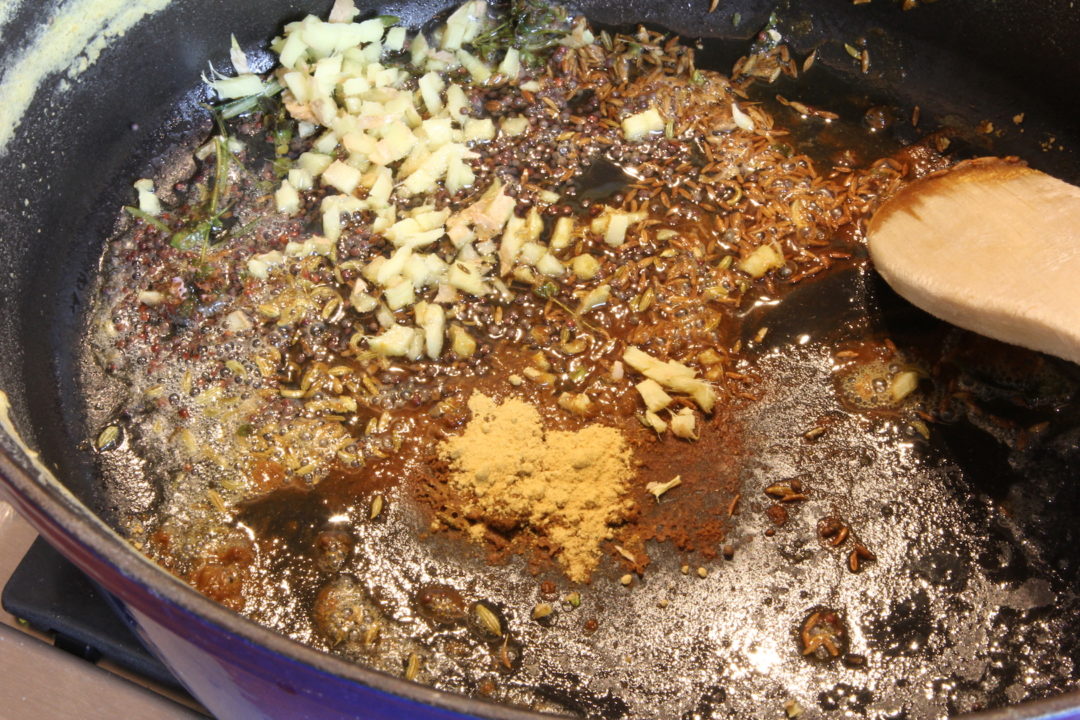
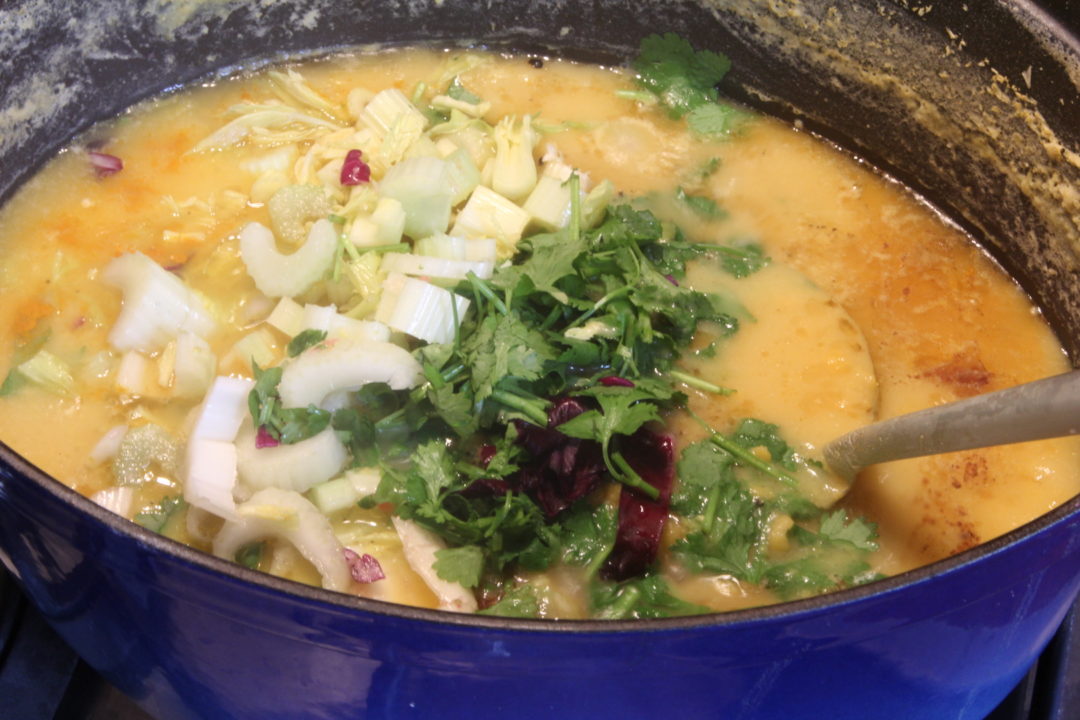
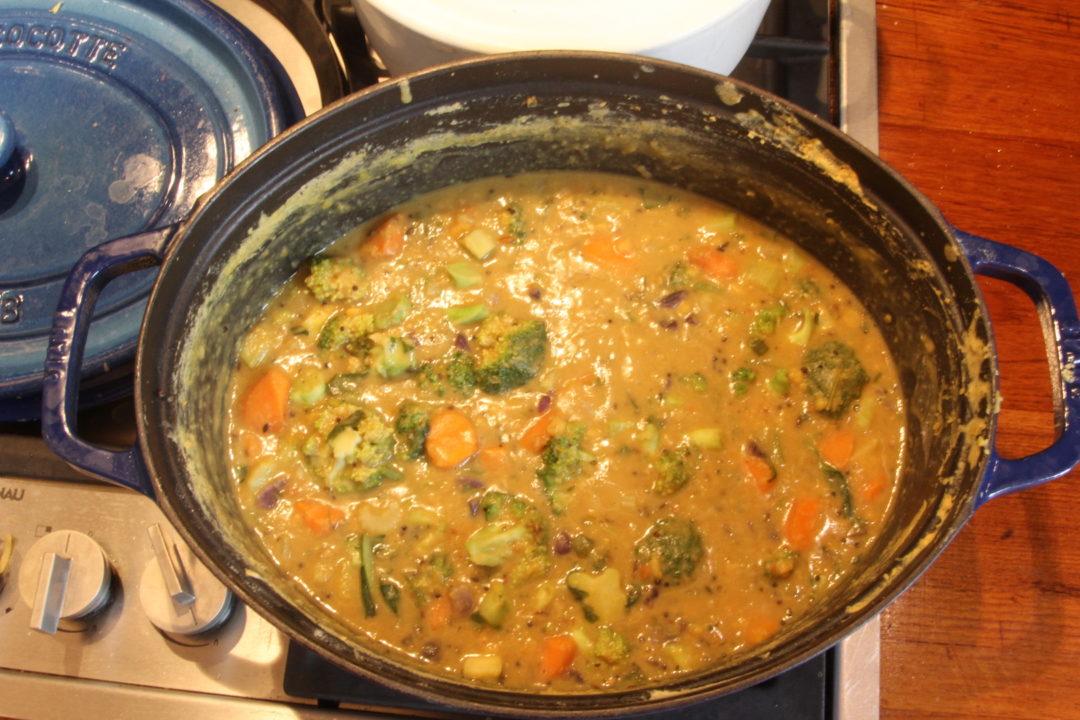


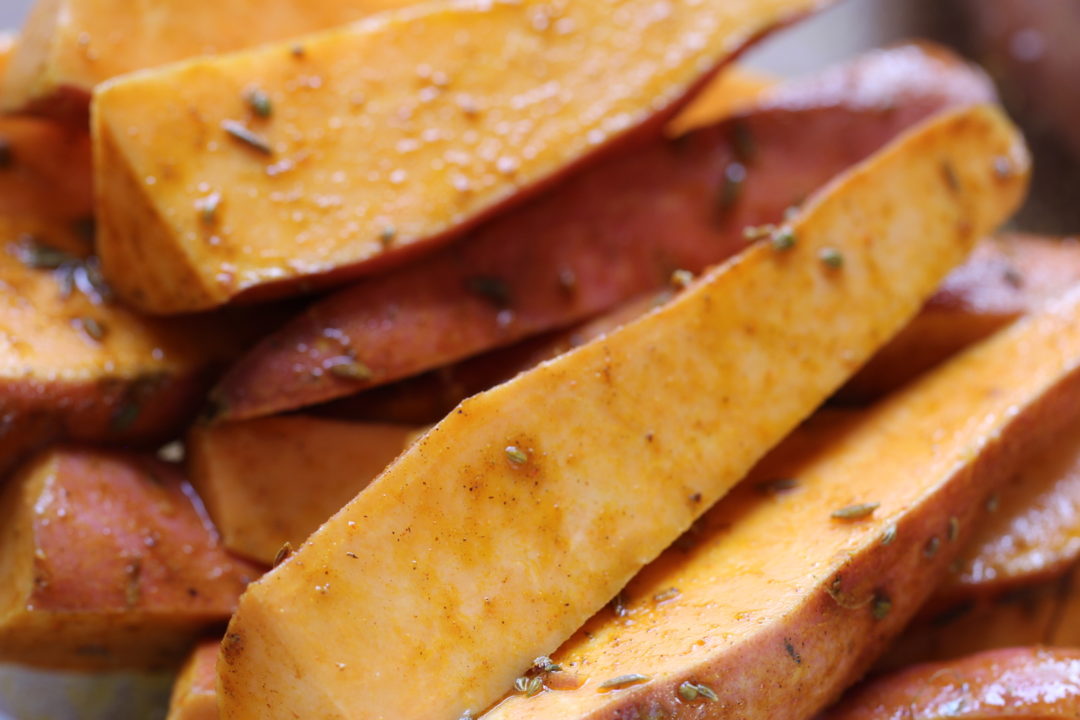
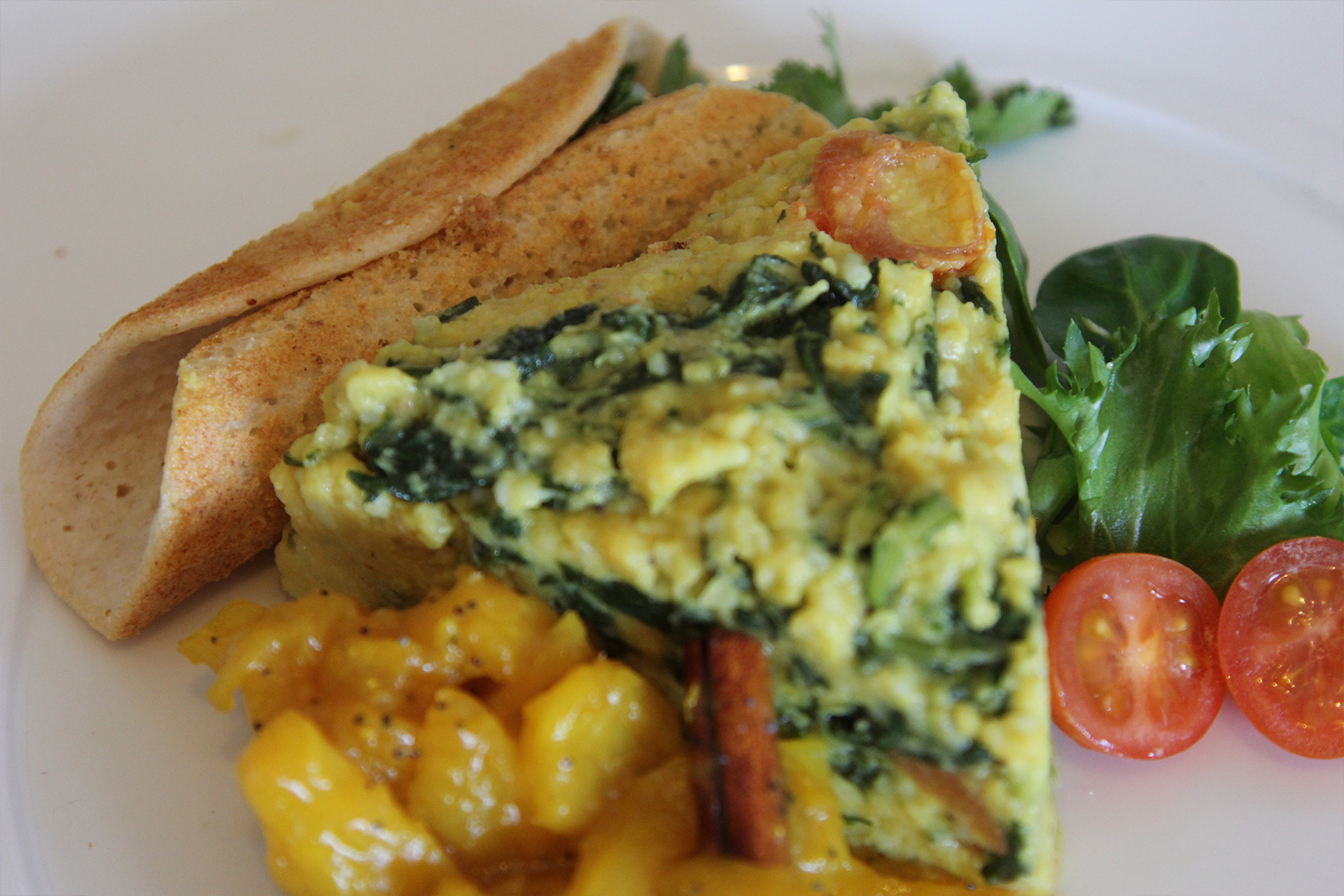
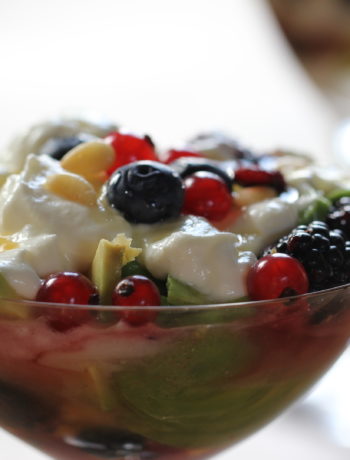
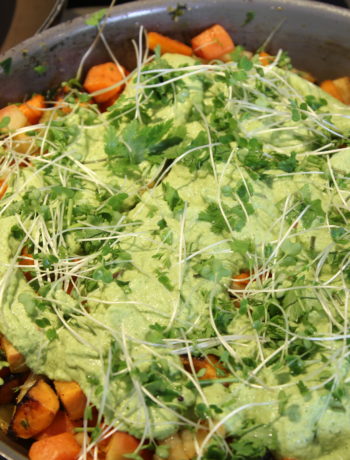
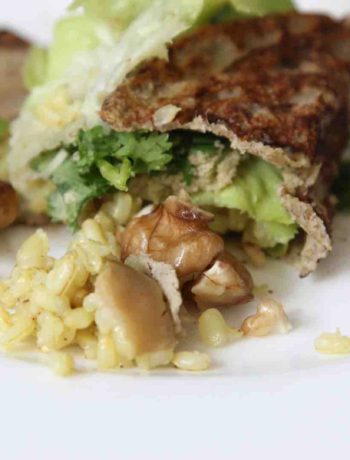
No Comments